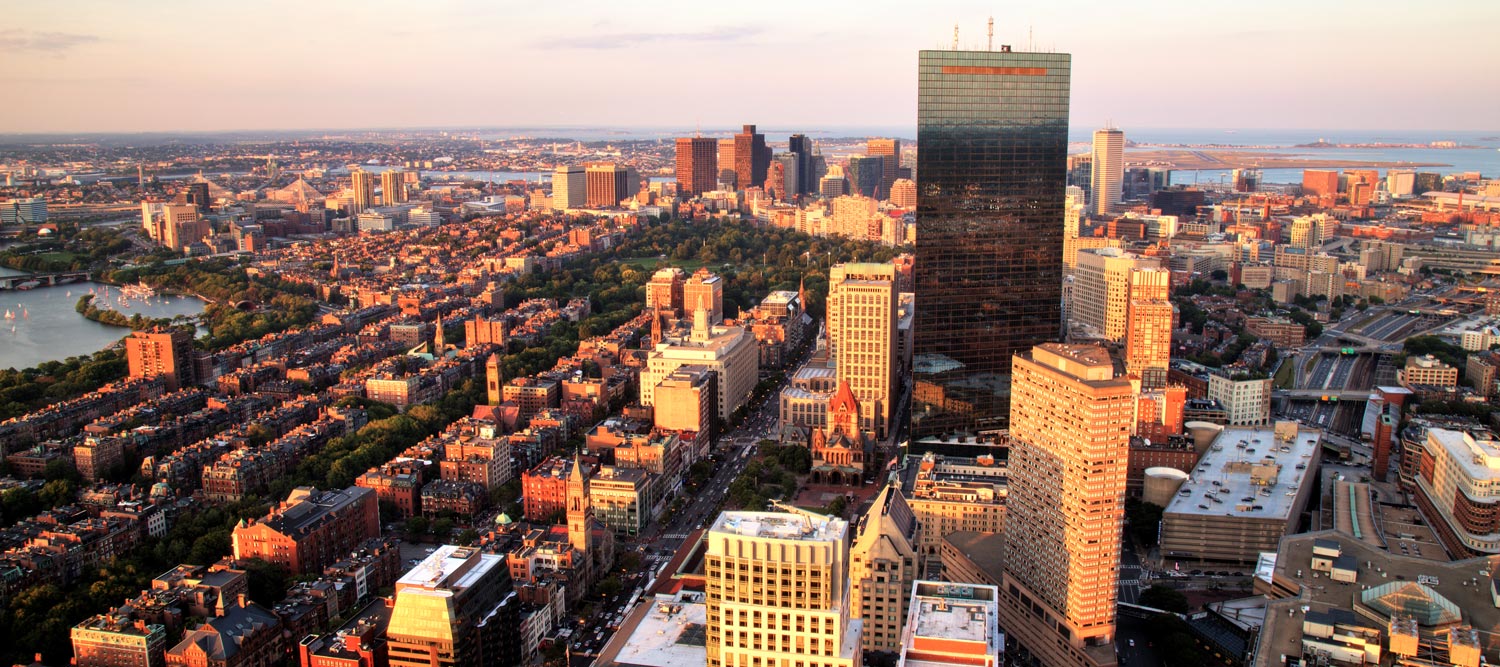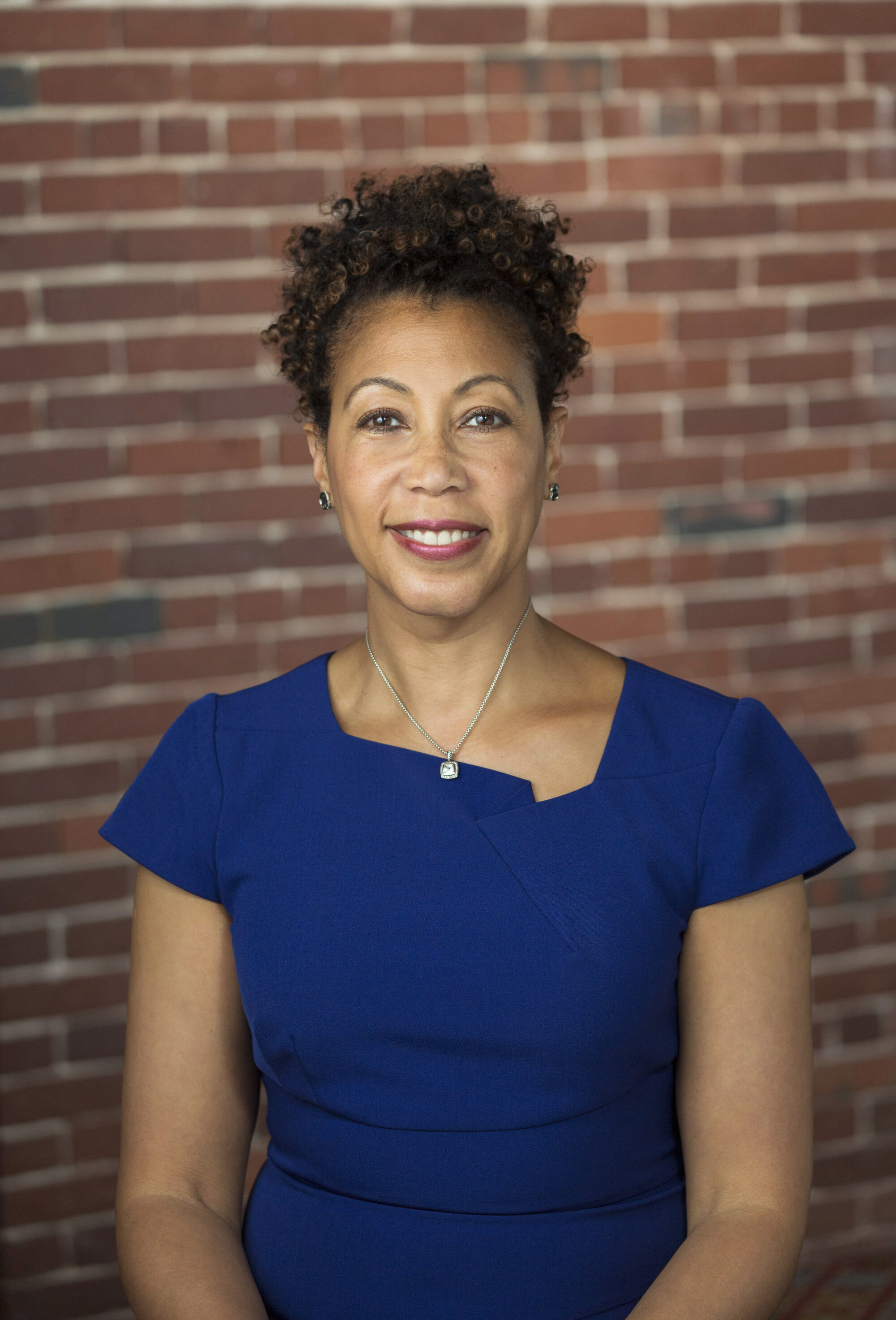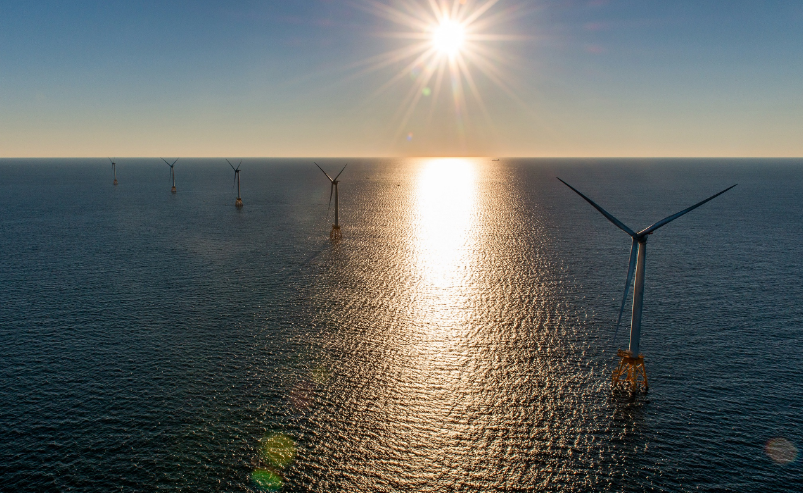Dear 2015,
It’s a very different place in a lot of ways, but not so much in the grand scheme of things. The city is now 420 years old, so what’s 35 years, really? In that span, as always, we’ve overcome challenges, stumbled, bounced back, and managed to retain our history and identity along the way. Fenway is about the same. It’s a rebuilding year for the Red Sox.
But in 2015, you find yourselves at a unique point in the city’s story. In the following 35 years, Boston will be integral in hitting the state’s 2050 goal of reducing greenhouse gas emissions by 80 percent. I’m happy to report that you’ll pull it off, but it will mean huge shifts in how you coexist with your surroundings, how you get around, and where you live.
To help move things along, here’s a brief sneak preview (I can’t give away too much) of what Boston’s like in 2050, and then just a bit of advice.
Living with the New Shoreline
The first question you probably have about the future of Boston is, are we underwater? The answer is no. Well, mostly. While we’ve led some heroic climate change mitigation efforts, rising tides are an inevitable reality of life in the city. Our sea levels have crept up over the past 35 years, and continue to do so.
But Boston has a dynamic relationship with its waters. Back in 2015, more than half of downtown was filled-in tidelands. So we had to give a little of that land back to the harbor, but we’ve adapted.
Some of the ideas we put to work actually came about in your time, including resilient design plans from the Living with Water competition that the Barr Foundation sponsored. We didn’t end up turning the city into Venice, exactly, but we did decide to embrace our changing shorelines, instead of retreating from them or trying to force the waters back.
Much of this adaptation involved retrofitting existing and historic buildings, sort of like hiking up our pant legs. But we also transformed many of the areas along the water into “resiliency districts,” establishing salt marshes, tidal pools, and oyster reefs along the shoreline. We’ve carved strategic canals to regulate the water levels when needed. These areas have become a draw for recreation, including a chain of green spaces that line and blend into the harbor.
The need to adapt also presented an opportunity to push the envelope of sustainable, resilient building. The city fast-tracked dense, mixed-use development that created an “urban seashore” designed to coexist with changing tides. New ultra-efficient buildings are carbon-neutral and rely on solar, wind, and wave energy installed along the harbor. We worked with nonprofit organizations like the Trust for Public Land to weave green infrastructure elements throughout the built environment. Most of these neighborhoods are car-free, but that’s not too unique these days.
The future T
I know the transit system was a mess in 2015, with debate over how to pay for a backlog of repairs, and whether the city should extend one section of one rail line. These budget fights live on today on some level. But around your time—starting with the Go Boston 2030 planning process—we began to think of transportation, not in terms of a laundry list of problems, but of a vision for a better city.We created a space to hear community needs, while also listening to emerging data and trends around the world, which invigorated long-term planning.As a result, the reality of how we get around Boston in 2050 looks much different than it did in 2015.
The rail lines we heavily depended on in 2015 still thrive, but are just the skeleton of what’s become a mesh of bustling, multimodal routes that connect the city. As our population grew, it became clear that we needed to make politically difficult decisions in which single-occupancy vehicles ceded certain roads entirely to pedestrians, cyclists, and transit. This was a practical necessity, but also needed to reduce emissions—in 2015, transportation-related GHGs represented almost 40% of the state’s emissions.
The mixed nature of 2050’s transit network can’t be emphasized enough. We’ve relied heavily on the Complete Streets model that allows these channels to coexist and feed into each other, rather than battle for space.
Much of our mass transit is not fixed to a rail line, but travels along dedicated corridors for BRT and other shared vehicles. Tweet This Leveraging BRT allowed us to make rapid, cost-effective improvements, but also improved flexibility—a central control center can now slow, speed up, and reroute vehicles in response to breakdowns, bunch ups, and storms. Yes, I’m sorry to say the storms you recently experienced were not the last, but today we have a much more fluid, adaptive transit system for when they hit.
Of course, cars are still around, but far fewer of them. A lot of people were losing their tastes for car ownership in 2015, and that trend continued. Pretty much all of the cars on the road today are self-driving (but you already knew that)—usually commercial shipping, mini-buses, or carpool vehicles operated by local companies. We used to see these private services as real threats to public transit, but cities have come to use them as tools, regulated and steered to fill gaps in hard-to-reach places.
Sure you can always take your own car if you want (electric of course, we stopped pumping gas in the ‘30s). But frankly, there are so many options, it’s a lot easier, cheaper, and more fun not to.
There are a lot more of us
As I’m sure you expected, there are far more Bostonians in 2050, approaching a million in the city proper. Our population has grown larger and more diverse than we even imagined in your time. And as the city changed, our challenge was to create a housing and transit mix in which people of all income levels and backgrounds would have a variety of options and thrive alongside each other.
Preparing for this level of change required tremendous foresight and smart planning, some of which took shape in your time as the city embarked on the collaborative planning process, Imagine Boston 2030.We’ve spent a lot of the past 35 years building, building, building. Some building out; but mostly in and upwards.
The city adapted policies to clear the way and rezone for multi-family housing and mixed-use development, especially in the outlying areas as they hustled to keep up with the demand for better-connected communities. We also elevated neglected parts of the city to build whole new neighborhoods into the fabric of Boston—the new Widett Circle was a triumph from the aftermath of the Olympic bid—designed with the same sustainable and resilient principles we used on the Waterfront.
Boston is also a bit longer in the tooth in 2050. One in five households are headed by someone you’d call a senior, and we’re living and remaining active longer than ever. Many of us are downsizing to affordable units in compact city centers, right alongside young families and professionals, or in second or third residences built on formerly single-family properties (the term “in-law house” is frowned upon).
Keeping up was not easy. Housing 2050’s urban population is the biggest challenge ahead for you, with affordability in particular getting worse before it gets better. So to help you along the way:
As you look to the next 35 years, know that just as cities will lead the way for nations, so will neighborhoods and their individual communities lead the way for cities like Boston.
Communities will display more innovation and leadership than ever. As cities grow and adapt for the future, there will be more decentralization of power grids and clean energy sources. Communities will take more control over other infrastructure like food production and water management. As climate change means harsher winters and hotter summers, local solutions will bubble up and replicate.
The strength of our individual places will allow Boston’s neighborhoods to pursue their own low carbon and livability solutions that will lead neighborhoods to discover that sustainability translates to tremendous economic benefits, but also a higher quality of daily life. Individual success stories will provide templates for other neighborhoods as they compete. Boston’s government agencies, nonprofits, and industry need to encourage and facilitate such development.
As things change, that same community strength will help the city preserve its identity and ensure equity. Public land trusts and community nonprofits can enable residents to acquire and maintain long-term affordable housing, and protect the character of neighborhoods. Thriving local artists will celebrate each area’s unique identity.
So there you have it Boston of 2015, my notes from the future. We’ve come a long way, and I’m not going to tell you it was easy. We still have a long way to go in my time. But as always, the city perseveres. Using the city’s wealth of innovation, ambition, and compassion, you’re on your way to a more resilient, livable, equitable Boston.
This blog post is a response to the Dear 2015 group blogging event prompt: The year is 2050. Write a letter to the people of 2015 describing what your city is like, and give them advice on the next 35 years.
For more responses, see the Dear 2015 Event Page co-organized by Barr grantee, Meeting of the Minds.




